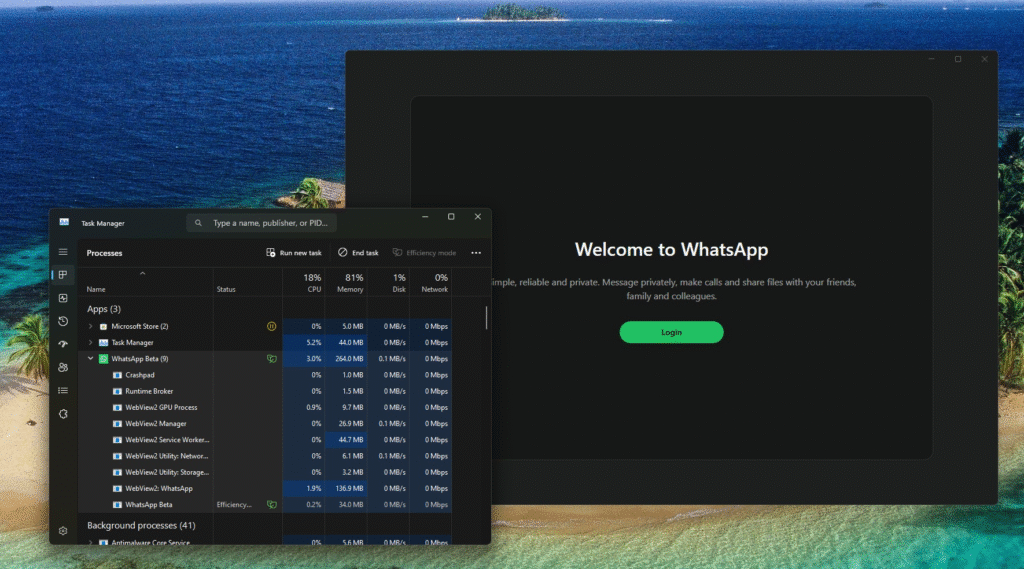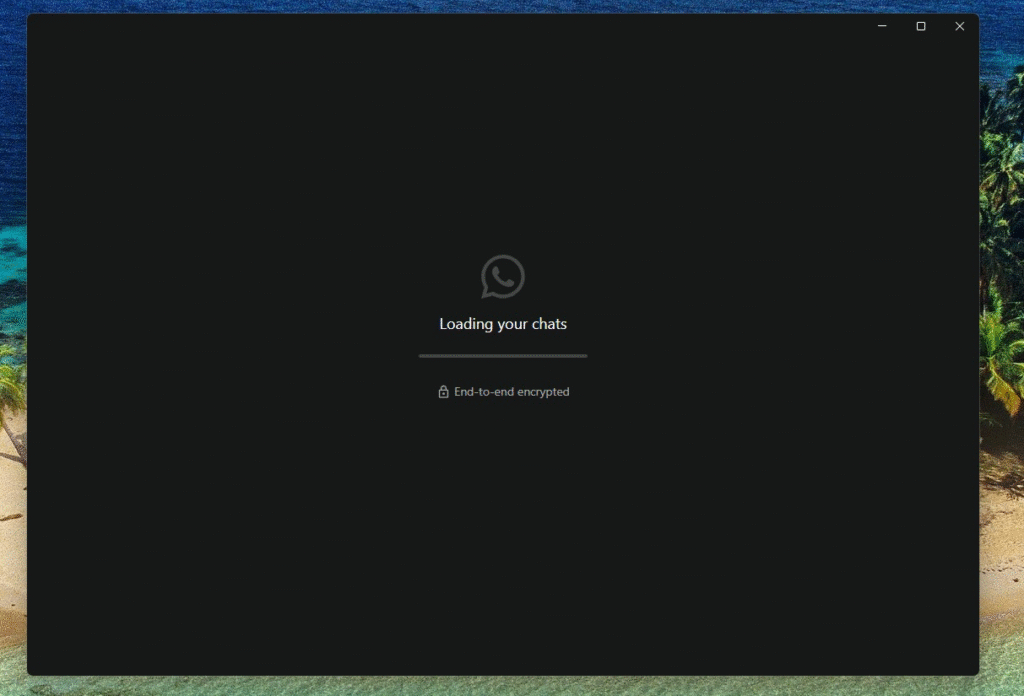Meta has begun to replace its native Windows application for WhatsApp with a web‐based wrapper built on Microsoft’s Edge WebView2. The change, which appears in the latest beta (version 2.2569.0.0), shifts WhatsApp on Windows from a fully native WinUI experience back to the web interface wrapped in a desktop shell.
From Native to WebView2
To date WhatsApp Desktop app on Windows has been run as a native UWP (Universal Windows Platform) app. This design also provided close integration with Windows 11, quick startup response, and reduced memory consumption. The new beta does that instead of a code base of its own, in favour of sharing one with web.whatsapp.com. In Task Manager, the WhatsApp process now appears as a WebView2 container (built on Chromium), like many other desktop PWAs.

Visual and Functional Changes
The move brings a more generic browser look to the app. Native Windows controls such as title bars and menus have been replaced by web UI elements, and system features like live previews and jump lists no longer apply. Notification handling has also shifted: the web wrapper uses browser‐style notifications rather than the native Windows Notification Center. Settings panels have been simplified and now mirror the web version. At the same time, WhatsApp Channels, Status, and Communities features carry over from the web interface.
Reasons Behind the Shift
Meta cited the effort required to maintain separate Windows and web code bases as the main driver for the change. By packaging the web app via WebView2, the company can deliver updates simultaneously across platforms. This unified approach reduces testing overhead and speeds feature rollouts, though it also means higher RAM use and occasional lag compared to the native client.
Impact on Users
Consumers of WhatsApp on Windows will experience slow speed and increased memory use, so WhatsApp may even be slower on low-RAM devices. The app aesthetic and user experience will not match as well as the design standards of Windows 11, and certain productivity functionality, including the capability to wake instantly after going to sleep, or to go deeply integrated with Windows Search, will be removed. In spite of these cons, notifications and core messaging are operational.

What Comes Next
The beta will likely reach stable users in the coming weeks. Meta has not yet outlined plans for the Mac version, which also offers a native build. Users who prefer the previous experience may need to seek alternatives, such as web.whatsapp.com in a browser or use mobile links.
For now, the shift reflects Meta’s push to streamline development at the expense of native performance. As WhatsApp transitions away from native Windows UI to a web‐powered shell, the change underscores a broader industry trend toward single-code-base solutions that favour uniform updates over platform‐specific optimisations.





